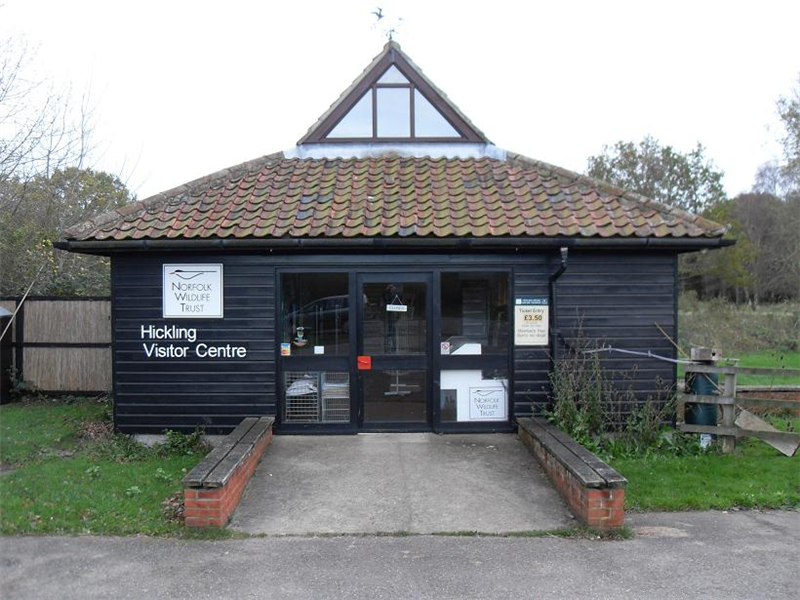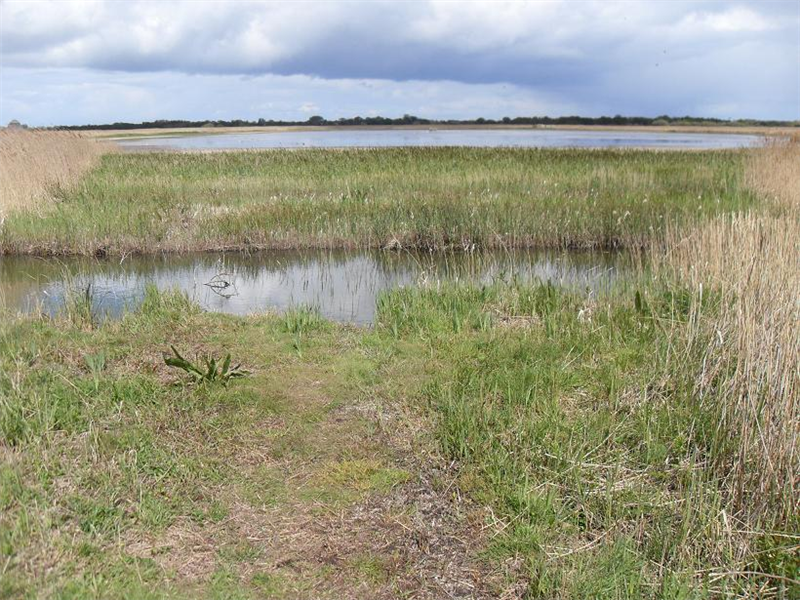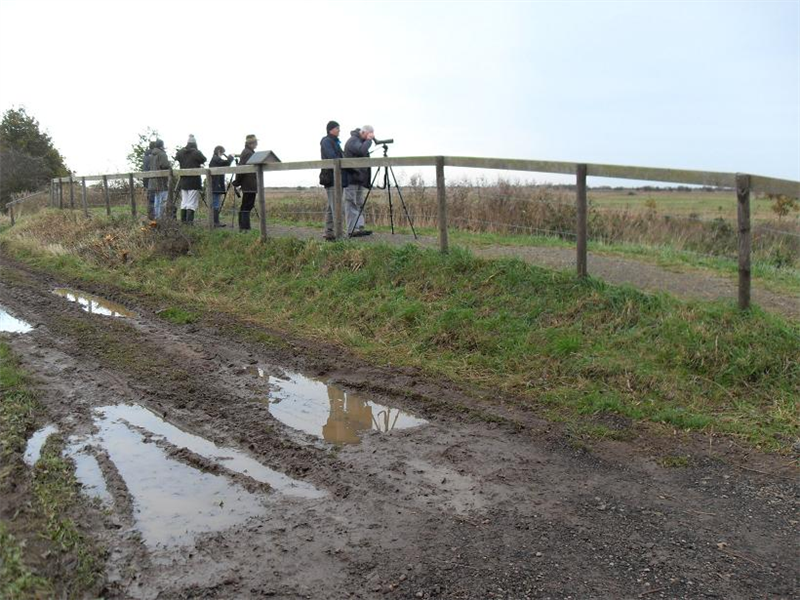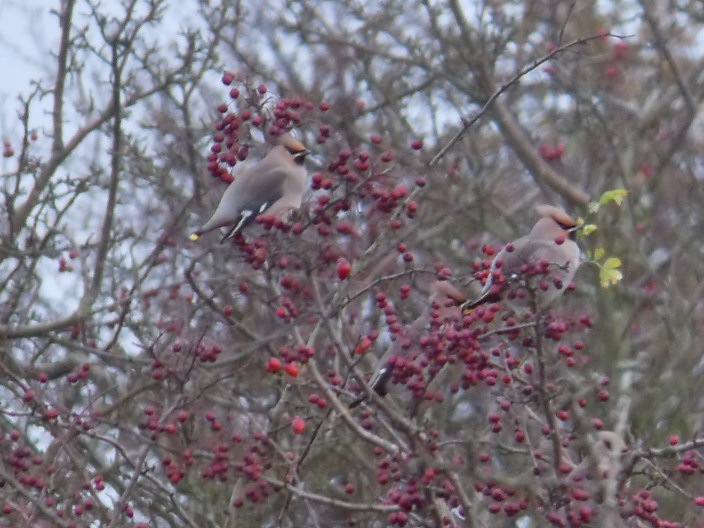Site Images

Hickling NWT reserve centre
view

Hickling rush hill scrape
view

Hickling stubb mill raptor view point
view

Waxwings at Hickling Stubb mill
view
_Will%20Soar.jpg)
Common Crane by Will Soar
view
Summary
The largest Norfolk broad and a fantastic birding site
Location
-
TG428221
-
52.741953, 1.595599
Hickling the biggest broad should be split into three areas,
Stubb Mill this is one of the best winter raptor roosts in the county. Park at the NWT centre and walk ¾ mile to the raised viewing platform, taking your car is not allowed due to access issues and lack of space. It can get very wet and muddy down here, Wellington boots are advisable. Try to arrive about an hour before sunset. If you are lucky up to 30 Cranes will come in depending on where they are roosting at the time. The Marsh Harrier spectacle is quite amazing with up to 40 birds in the air at once, counts have been made of 90-100 birds using the roost. Smaller numbers of Hen Harriers use the roost along with a few Merlins. Bitterns often give a fly by and Barn Owl can hunt very close if the assembled crowd are quiet. A great way to end a day in the broads.
NWT Reserve – On the main part of the reserve there are four hides and a series of trails, the Bittern hide being well named is probably the best for seeing Bittern, Cranes early and late in the day and Hobby. There is a tower hide with a view over the main broad. The two middle hides can be a bit quiet but the board walk around them is good for Bearded Tit, Cetti’s and Grasshopper Warblers and the other commoner warblers. Marsh Harriers tend to be seen hunting anywhere on the reserve.
Rush Hill Scrape – This body of water is an amazing wader magnet during spring and autumn migration, along with the commoner species Curlew Sandpiper and Little Stints are regular and it turns up a couple of rarities pretty much every year. Also good for Gulls and Terns during passage time and wildfowl in winter. Warblers are plentiful in the hedges and reed beds as you walk out from Potter Heigham church to the hide, its not too difficult to see and hear 10 species.
During the summer months the NWT operate an electric boat tour where you visit Rush Hill Scrape or Swim Coots (another scrape only accessible by boat) and the tree tower with a fantastic view over the broads. This is also a good site for Swallowtail Butterfly.
Target Species
Bittern, Crane, Hobby, Bearded Tit, Cetti’s & Grasshopper Warblers and Marsh Harrier